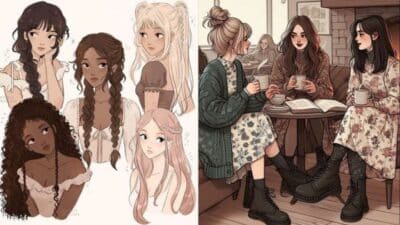Autumn offers an amazing chance to try new sketch ideas inspired by the season’s colors, shapes, and moods. From falling leaves and pumpkins to cozy scarves and steaming mugs, there are plenty of simple and fun ways to capture the magic of autumn in sketches. These ideas can fit any skill level and style.
Nature provides endless inspiration during this time of year. Whether sketching quiet forest scenes, cute woodland animals, or everyday cozy moments, artists can enjoy exploring the beauty of fall. Picking up a pencil and drawing these seasonal touches helps bring the spirit of autumn to life on paper.
Capturing the Essence of Autumn
Autumn has many details that make it unique. From warm colors to rough textures and calm moods, these features help artists bring fall to life in their sketches. Focusing on these specific ideas helps drawings feel real and inviting.
Colors and Palettes for Fall Sketches


Fall colors are rich and warm. Artists often use shades like burnt orange, deep red, golden yellow, and brown. These colors mimic changing leaves and late sunsets.
Using a limited palette keeps sketches simple and focused. For example:
- Orange and red for leaves
- Golden yellow for sunlight
- Brown for tree trunks and earth
Adding touches of muted green or gray can balance brighter tones. It’s best to avoid overly bright or neon colors, as they don’t fit the autumn feel.
Textures and Elements of the Season


Textures in fall are very distinct. Rough tree bark, crinkled leaves, and soft wool fabrics all add variety to drawings.
Artists can show texture by:
- Using short, rough strokes for leaves
- Drawing lines and dots to mimic bark
- Adding soft shading for cozy clothing
Including common autumn items like pumpkins, acorns, or pinecones helps tell a seasonal story. These elements also provide natural shapes and patterns to practice sketching.
Translating Mood and Atmosphere
The mood of autumn is calm, cozy, and sometimes a bit reflective. Capturing this feeling requires careful choices in light and composition.
Artists can suggest softness by:
- Drawing soft, diffused light instead of sharp shadows
- Using gentle curves in branches and clouds
- Adding small details like smoke rising from chimneys or fallen leaves drifting in the wind
These touches create a peaceful, inviting scene that feels like fall without needing many objects. The mood is as important as the visual details in sketching autumn.
Sketch Ideas Inspired by Autumn Nature
Warm colors and rich textures make autumn nature a great source for sketch ideas. Artists can focus on details like shapes, patterns, and contrasts found in the season’s plants and animals.
Foliage and Leaves
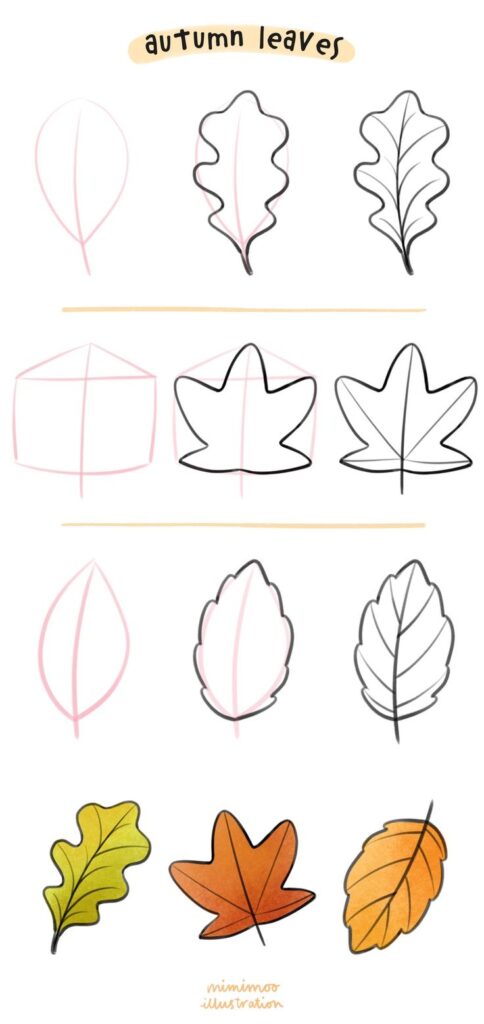
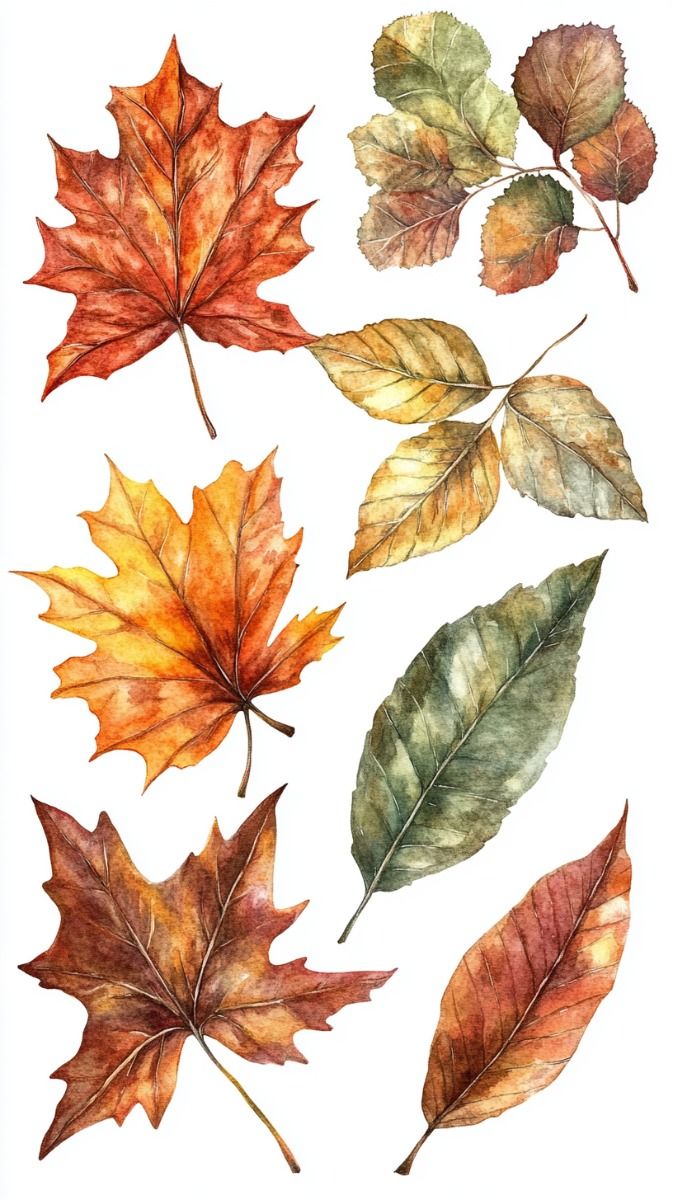
Leaves are a classic fall subject because of their variety in shape and color. Sketching different leaves helps artists practice texture and detail. They can draw crisp edges, veins, or curled tips.
Using warm colors like reds, oranges, and yellows adds depth to sketches. Grouping leaves or showing them scattered on the ground creates natural scenes. Leaf piles can also bring a cozy feel to a drawing.
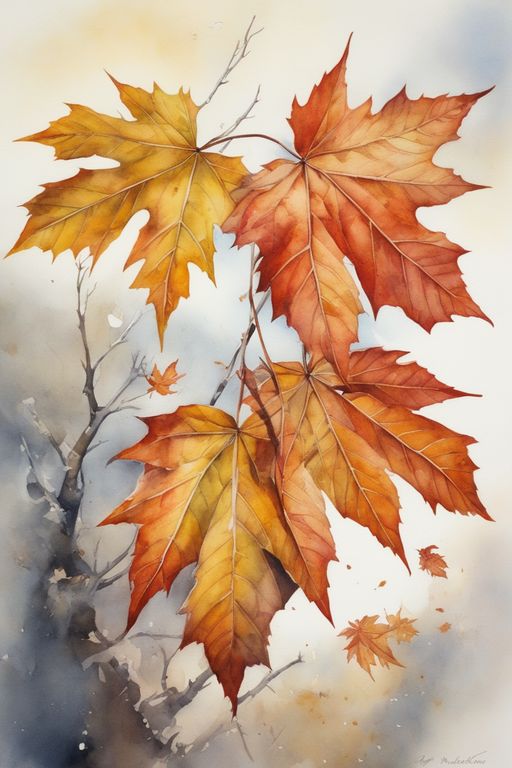

Artists might try simple outlines or detailed studies of single leaves. Changing the focus from a leaf’s shape to its surface texture can make sketches more interesting.
Pumpkins and Gourds
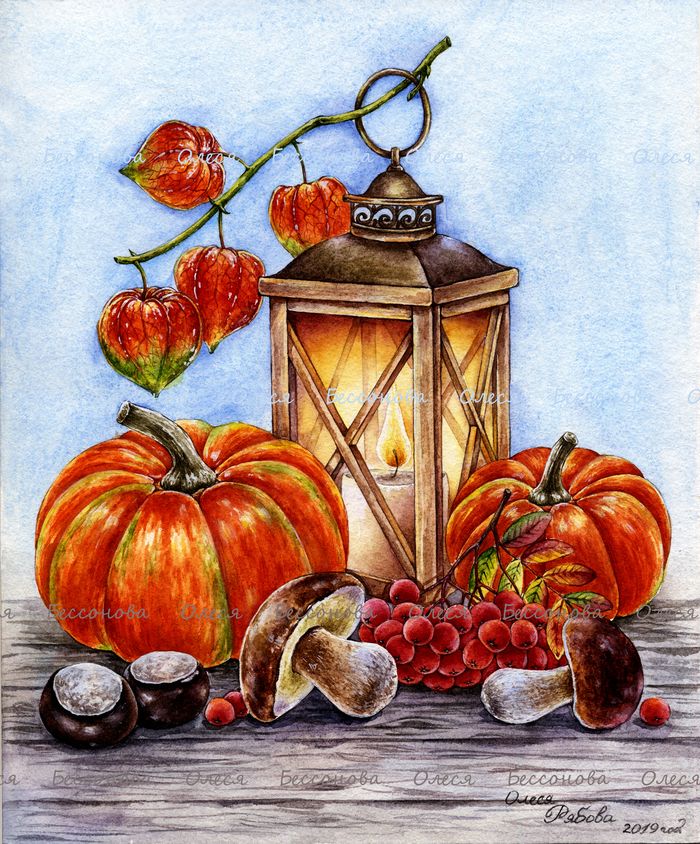

Pumpkins and gourds come in all shapes and sizes, perfect for practicing volume and shading. Their round forms are great for learning how light falls on curved surfaces.
Artists can explore textures, like the smooth skin of a pumpkin or the bumpy surface of some gourds. Stem details also add character and challenge.
Arranging pumpkins with leaves, vines, or stacked in a pile provides an opportunity to work on composition. Playing with different sizes and angles helps develop perspective skills.
Woodland Creatures
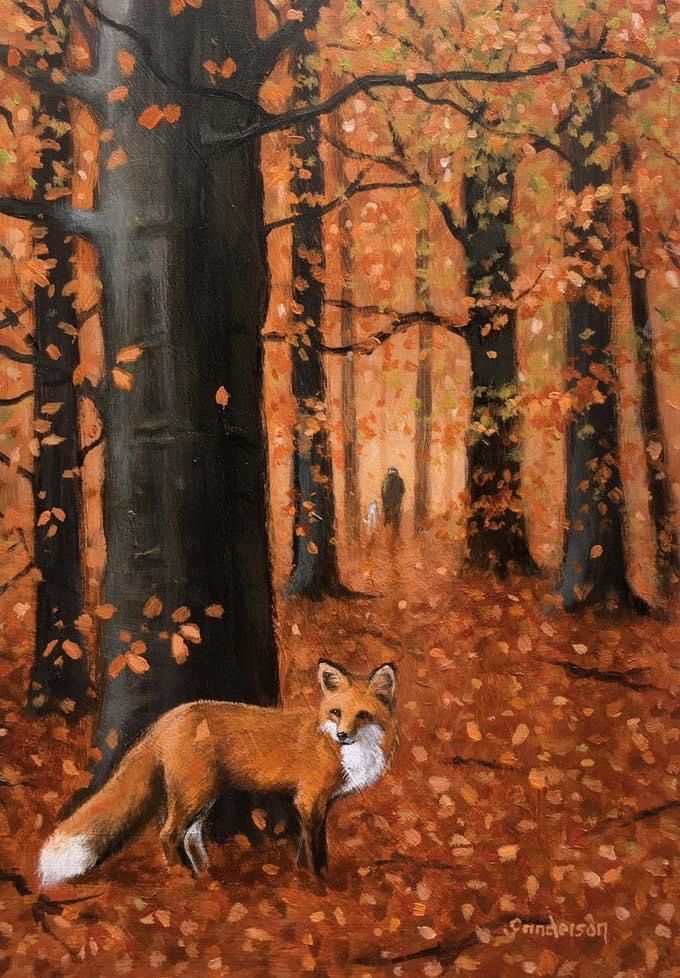
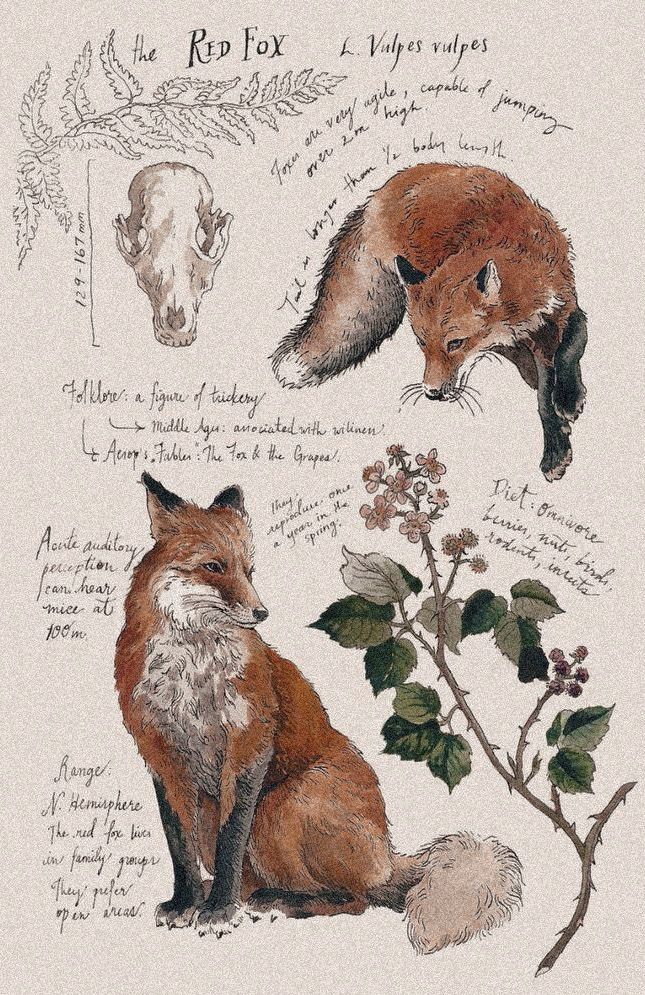
Autumn is a good time to spot animals preparing for winter, offering natural sketch subjects. Small animals like squirrels, deer, or birds can bring life to sketches.
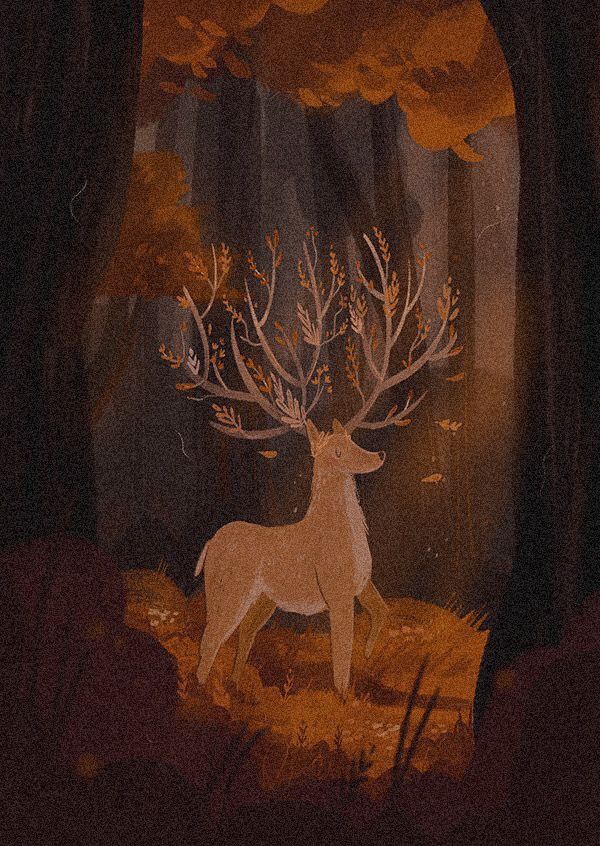
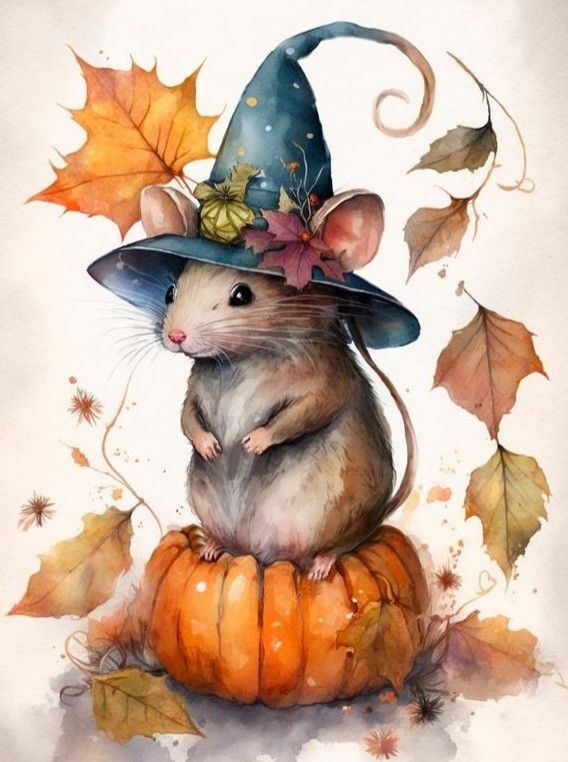
Capturing animals in action, like a squirrel gathering nuts, adds a story element. Artists should focus on key features like fur texture, eyes, and posture.
Sketching woodland scenes with animals surrounded by fall foliage combines both nature and wildlife. This mix of detail and environment builds drawing skills and makes art more dynamic.
Urban and Rural Autumn Scenes
Autumn brings distinct moods to both countryside and city settings. The countryside shows quiet, natural beauty with rolling hills and colorful fields. Cities, on the other hand, highlight busy parks and streets filled with vibrant leaves and people enjoying the season.
Charming Country Landscapes

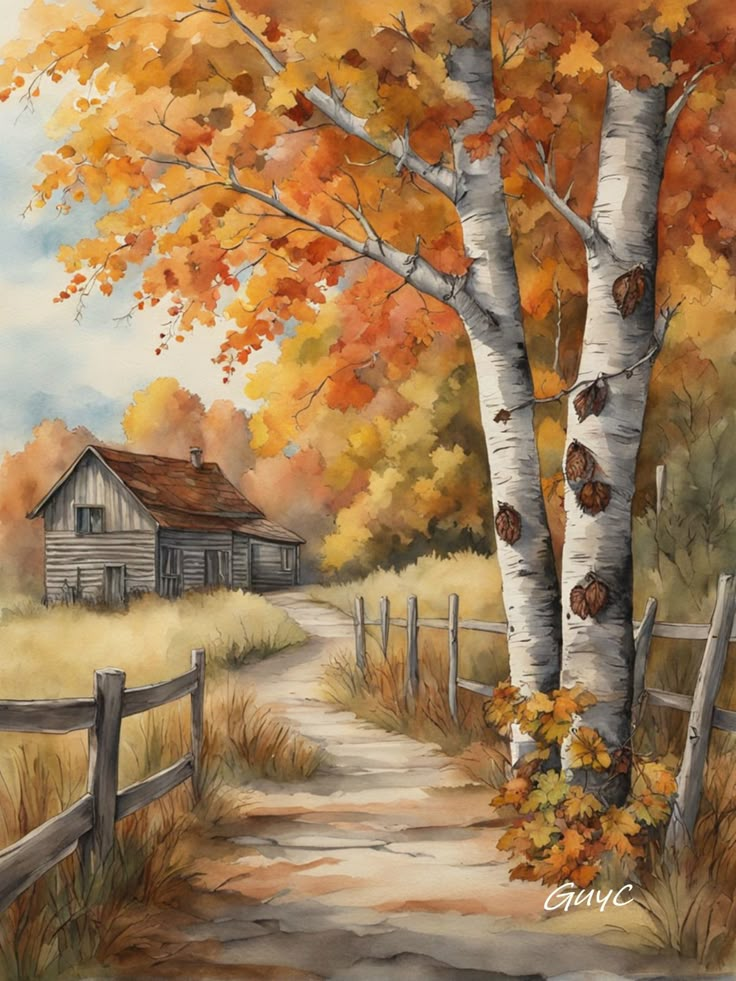
In rural areas, fall transforms forests and farms into warm, golden views. Trees with red, orange, and yellow leaves create a peaceful backdrop. Artists often focus on details like barns, wooden fences, and winding dirt roads lined with fallen leaves.
Foggy mornings and soft sunlight add mood to these scenes. Wildlife such as deer or birds can appear in the drawings, adding life to the calm setting. The quiet atmosphere invites sketching simple, cozy moments of nature in transition.
City Parks and Street Views


Urban autumn scenes mix nature with city life. Parks filled with crunchy leaves and colorful trees become places for runners, families, and dog walkers. Sidewalks are scattered with leaves blown by the wind.
Buildings framed with bright fall colors offer good contrast. Artists might capture people wearing scarves and hats, sipping coffee, or enjoying outdoor cafes. Street lamps and benches add urban details that give character to the sketch.
Harvest Festivals

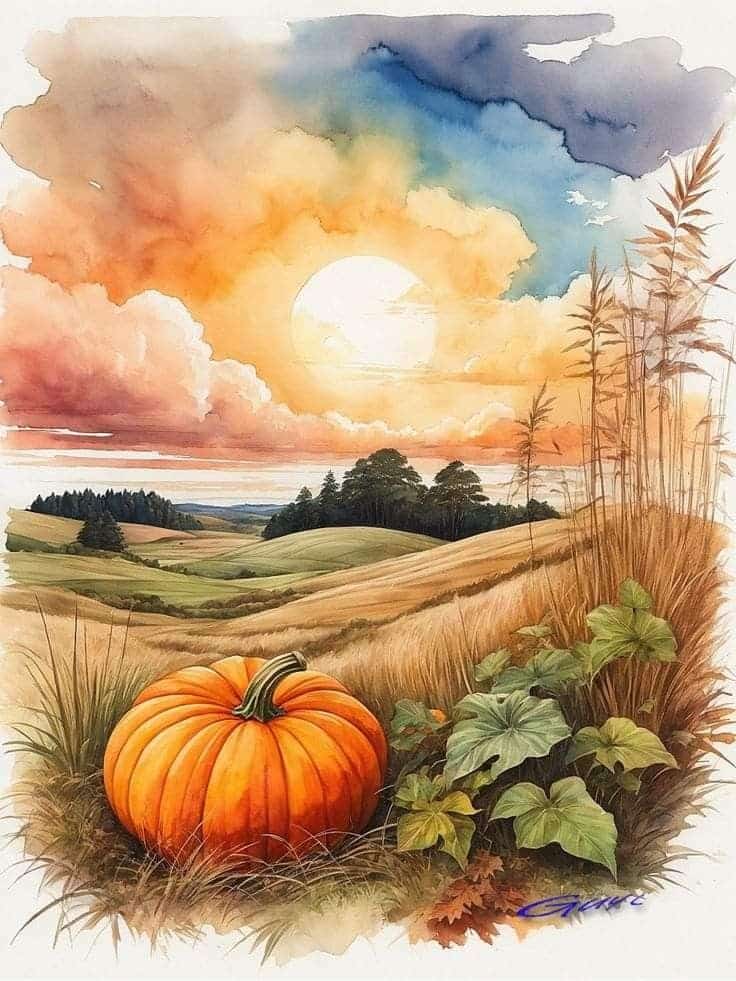
Harvest festivals are vibrant, busy scenes perfect for autumn art. Stalls with pumpkins, apples, and hay bales provide warm colors and interesting shapes. People gather for music, food, and crafts.
These settings bring in lively crowds dressed in cozy fall clothes. Artists can play with movement and energy by including children playing or adults chatting. The mix of natural elements and human activity captures the spirit of the season well.
Still Life and Everyday Autumn Objects
Autumn offers many simple objects that can inspire sketches. The rich colors and textures found in seasonal foods, cozy clothing, and home decor create great subjects for drawing. These everyday items help capture the feeling of fall in a natural way.
Seasonal Foods and Drinks
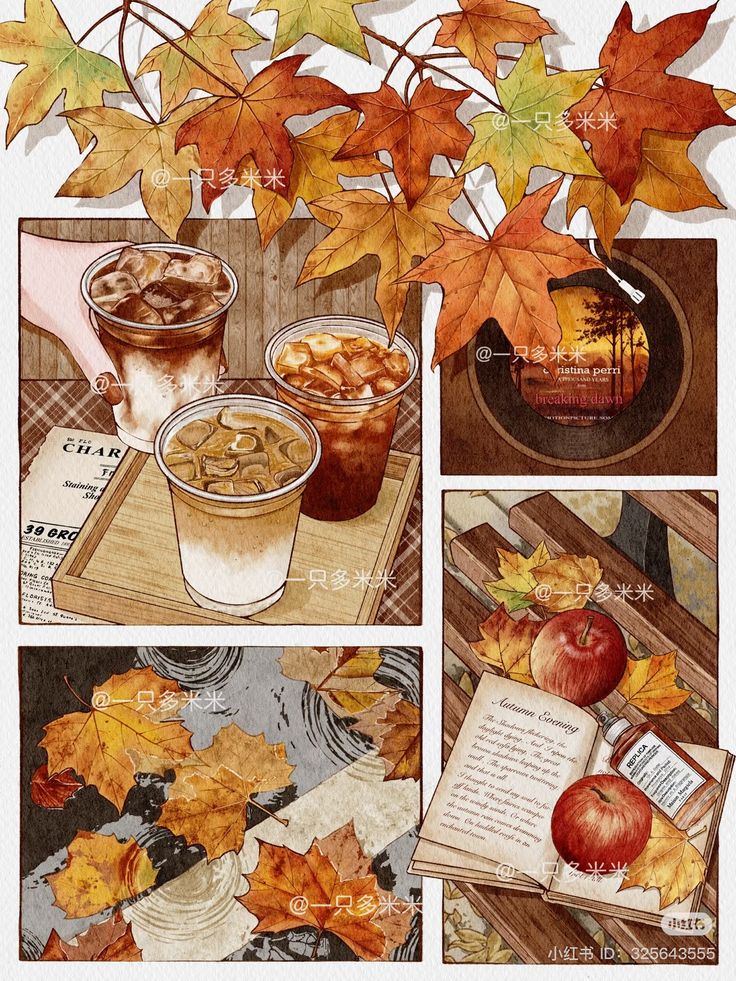
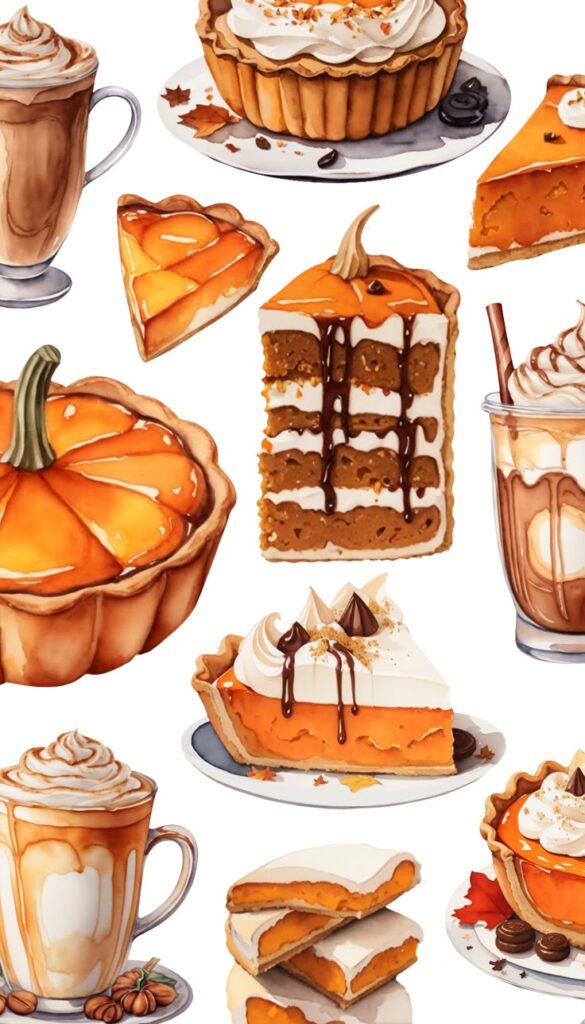
Autumn foods like pumpkins, apples, and squash are classic sketch subjects. Their unique shapes and warm colors make them easy to arrange in still life settings. Hot drinks such as tea, coffee, or apple cider add a cozy feel.
Sketching a simple pumpkin or a mug with steam rising can show texture and warmth. Artists often combine fruits with leaves or cinnamon sticks for extra detail. These objects offer a mix of smooth and rough surfaces to practice shading.
Warm Clothing and Accessories
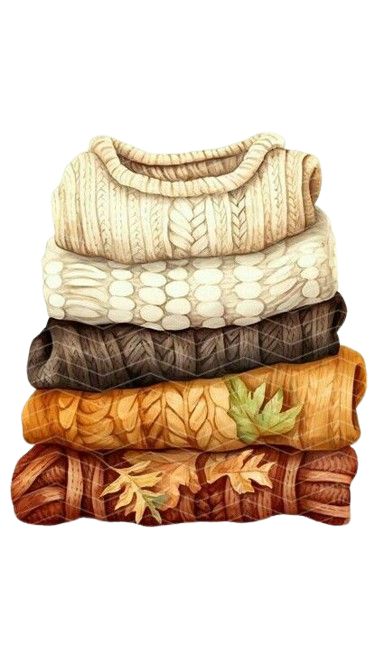
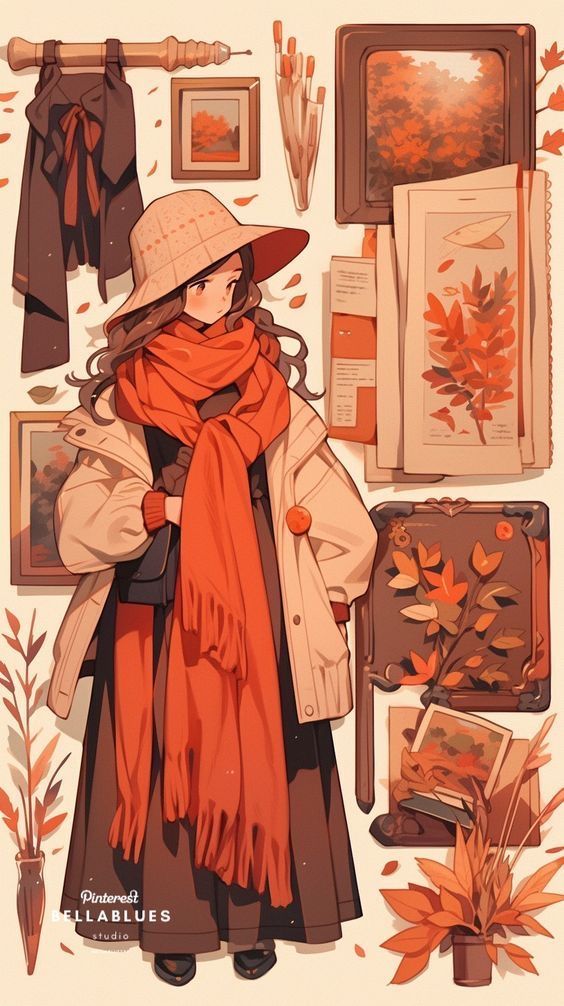
Items like scarves, mittens, and wool hats make excellent choices for autumn sketches. Their soft textures and folds allow for practice with lines and shading. These accessories often come in rich colors like burnt orange, deep red, or mustard yellow.
A folded scarf or a loosely draped sweater helps capture the cozy mood of fall. Artists can focus on stitches, patterns, and the way fabric catches light. These everyday objects are both simple and detailed to draw.
Home Decor Inspirations


Things like candles, lanterns, dried flowers, and wooden bowls bring a warm atmosphere to autumn sketches. These objects reflect the season’s inviting spirit and add variety to compositions.
Arranging small items on a table with soft lighting helps artists explore shadows and highlights. Items such as pine cones or dried leaves are common and capture natural textural details. These objects encourage creativity while keeping the theme clearly autumnal.
Creative Techniques for Autumn Sketching
Autumn sketching can become more engaging by adding texture and depth. Using different materials and paying attention to how light changes during this season helps bring sketches to life. These approaches allow artists to capture the cozy, rich feel of fall more effectively.
Using Mixed Media
Mixed media combines various tools and materials in one artwork. For autumn sketches, artists often use pencils, colored pencils, watercolors, and ink together. For example, starting with pencil outlines and then adding watercolor washes gives a soft, warm look that matches fall colors.
Adding textured paper or layering paint can create the feeling of rough tree bark or crunchy leaves. Artists might also include natural objects like dried leaves or twigs to give physical texture to their pages.
Using mixed media encourages experimentation. It also makes a sketchbook more interesting by mixing flat colors with raised textures or shiny versus matte finishes.
Experimenting With Light and Shadows
Autumn light is softer and often golden. Paying close attention to how sunlight filters through leaves or casts shadows can make sketches feel real.
Artists should try sketching at different times of day to see how shadows change. Early morning light creates long, cool shadows, while late afternoon light shows warmer tones.
Using shading techniques like cross-hatching or blending helps show depth. Dark shading adds contrast to fallen leaves or tree trunks, making parts of the sketch stand out.
Focusing on light and shadows also helps capture the chilly, calm mood typical of fall afternoons. This gives sketches a unique seasonal atmosphere.
- 0shares
- Facebook0
- Pinterest0
- Twitter0
- Reddit0


